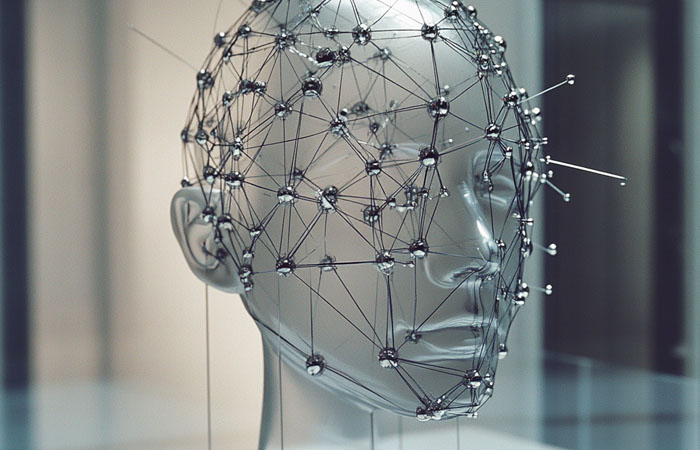Artificial intelligence (AI) technologies are becoming increasingly common and indispensable in many areas, from medicine to marketing. One of the key technologies that underpins many AI solutions is neural networks. Although the terms “AI” and “neural network” are often used interchangeably, there are important differences between them. In this article, we will look at what artificial intelligence is, how neural networks work, and how they complement each other in various applications.
Differences between AI and neural networks
Artificial intelligence is a broad term that covers any system that can perform tasks that typically require human intelligence. These tasks include speech recognition, decision making, learning, and other complex cognitive processes.
On the other hand, a neural network is one of the technologies used to create AI. Neural networks are mathematical models inspired by the human brain that can “learn” from data.
The main difference between AI and neural networks is that AI is a general concept, while a neural network is one of the tools that helps AI perform its functions.
How they work together
Artificial intelligence and neural networks often work together to solve complex problems. An example is the use of AI in computer vision systems, where a neural network analyzes images to determine what they depict. This synthesis allows for the creation of smart systems that can adapt and learn from experience.
Neural networks are particularly effective at processing large amounts of data and complex computational tasks, such as pattern recognition or natural language processing. While AI can make decisions and act on this data, a neural network helps make the learning process more efficient.
How AI and neural networks work together:
- Data processing: Neural networks analyze large amounts of data, identifying patterns and trends.
- Model training: Based on the data, neural networks create models that the AI uses to make decisions.
- Real-time applications: AI uses trained neural networks to perform tasks such as forecasting or automating processes.
Examples of successful use
There are many examples of how artificial intelligence and neural networks are used together to create innovative solutions in various industries.
- Medicine. In medical diagnostics, AI and neural networks are used to analyze medical images such as X-rays or MRIs. Neural networks can detect anomalies with high accuracy, and AI helps doctors make decisions.
- Marketing: AI and neural networks are used to analyze consumer behavior and predict their preferences. This data helps marketers create personalized offers, improving customer interactions.
- Automotive industry. Self-driving cars use AI and neural networks to analyze road conditions and make decisions in real time. Neural networks help cars “see” the environment and react to changes in the road situation.
- Finance: Neural networks are used to analyze financial data and predict market trends, helping investors make more informed decisions.
Development Prospects
The prospects for the development of artificial intelligence and neural networks continue to grow every year. One of the key areas is improving the interaction between humans and AI. In the future, neural networks will become even more efficient in data processing, which will allow artificial intelligence to make more accurate and faster decisions.
AI and neural network technologies are also expected to be applied in new areas, such as:
- Education: Creating personalized educational programs based on student data analysis.
- Cybersecurity: Using AI and neural networks to prevent cyberattacks and analyze threats in real time.
- Ecology: Monitoring the environmental situation using neural networks and AI for more efficient use of natural resources.
Conclusion
Artificial intelligence and neural networks are powerful tools that work together to solve complex problems and improve people’s lives. Understanding the differences between AI and neural networks allows you to better understand their potential and see how these technologies can be applied in different areas. The implementation of AI and neural networks in business processes has already become a key success factor for many companies.
If you want to use the potential of AI and neural networks to improve your business, contact us. We will help you implement cutting-edge solutions that will change your company and allow it to keep up with modern technological trends.
